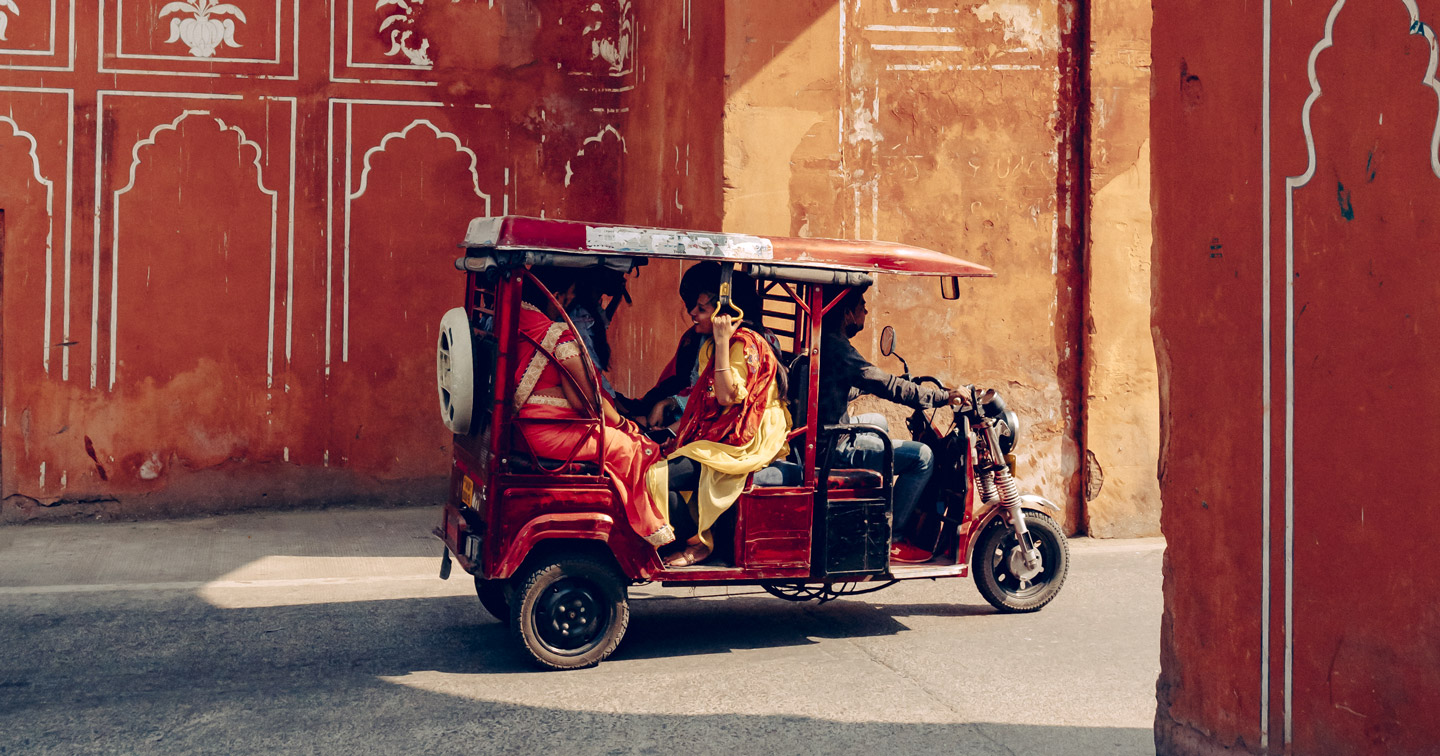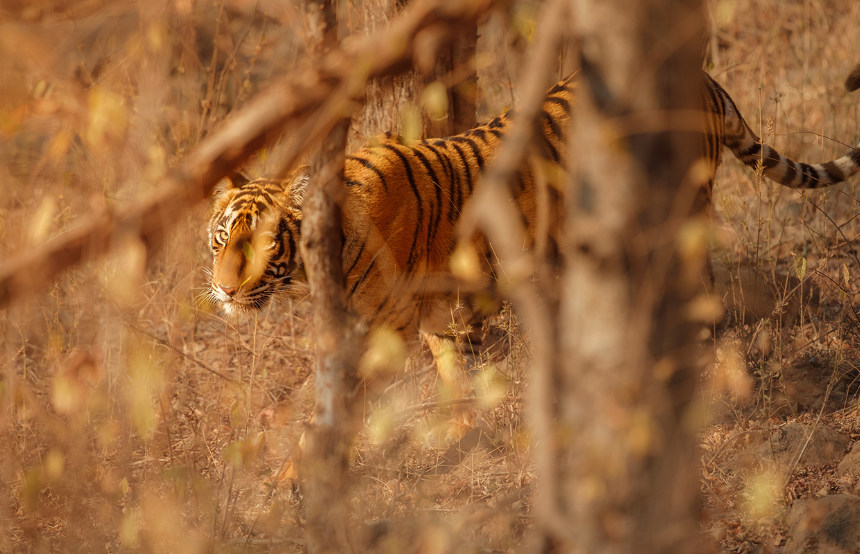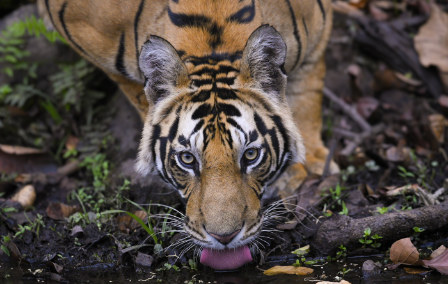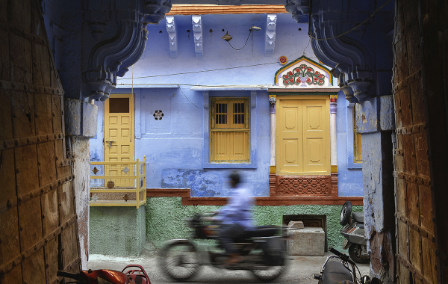Published 9th Apr. 2023
Reading time
The Festival of Light is India’s biggest and most important celebration, a spectacle of flickering flames, glittering fairy lights and towns that glow with festivity. Diwali, known as Deepavali in most of India’s southern regions, is celebrated differently and for different reasons all over India, but generally symbolises the victory of light over darkness. It usually lasts for five days and takes place during the Hindu lunisolar months of Ashvin and Kartika between October and November. The most common custom among Hindus is to light diyas (small lamps filled with oil) to welcome the presence of Lakshmi, the goddess of wealth. Diwali is enjoyed with magnificence and splendour in India’s northern regions, where locals also celebrate the return of Lord Rama after 14 years of exile. In the south, the defeat of the demon Narakasura is commemorated, and festivities are often a little more laid back. If you’re planning a trip to India during Diwali or just want to learn more about this fabulous festival, read on to discover some of the exciting ways that locals and tourists alike celebrate Diwali in India.
To spend Diwali in Jaisalmer is to let The Golden City speak to all your senses. Jaisalmer got its nickname from the yellow sandstone used in the fort and the town below that gives this city a glowing golden hue. During Diwali, this effect is intensified thanks to the countless lanterns and bonfires lit to celebrate the Festival of Light. But Jaisalmer’s draw as a Diwali destination doesn’t stop here. In the evening, a parade weaves its way through the city’s narrow streets, a spectacle of camels, confetti and joyous dancing in which everyone participates. The air is alive with music and the vibrant colours worn by Jaisalmer’s revellers are the finishing touch on the city’s festivities.
Imagine looking up into the starry sky to see hundreds of glowing lanterns lighting up the dark, each one floating in ethereal splendour as if on its way to another world. The Udaipur Lantern Festival is held every year on Diwali, making this north-western city a wonderful place to experience the festival’s magic. The lantern festival was created as an alternative to setting off fireworks and firecrackers during Diwali, which can be hazardous and disruptive. While releasing lanterns into the night sky is the main event, there are also plenty of activities and performances happening to keep locals and visitors entertained. Udaipur is also a particularly beautiful place to visit at this time of year owing to its historic structures and lakes which have afforded it the title ‘City of Lakes’. As glittering lights illuminate Udaipur’s beautiful buildings and reflect in the shimmering water, this romantic city becomes all the more enchanting.
This northern city is regarded as India’s spiritual capital. Accordingly, the people of Varanasi celebrate Dev Deepawali (the Diwali of Gods), held 15 days after Diwali. It is believed that during this time, gods and goddesses come down to earth to bathe in the Ganges. To honour and welcome them, prayers are offered and diyas are lit along the banks of the river; flickering flames light up the steps that lead to the water; buildings are strung with thousands of lights and devotees line the riverbanks, and some climb into boats to experience this holy day on the water. Throughout the evening, Varanasi is bathed in light against the backdrop of the full moon, a truly mesmerising sight.
If you find yourself in Assam, Tripura, West Bengal or other eastern regions during Diwali in India, you’ll likely find yourself in the midst of a different celebration altogether: Kali Puja. Kali Puja (also known as Shyama Puja or Mahanisha Puja) is a Hindu festival that coincides with the Lakshmi Puja day of Diwali (the third day) and is celebrated to honour the goddess Kali and seek her help in banishing evil. The goddess is offered red hibiscus flowers, sweets, rice and lentils, and worshipping takes place at night. Although celebrators of Kali Puja are honouring a different event, many traditions remain the same as in other regions of India, including the lighting of diyas.
In the southern Indian states, Deepavali is celebrated with less pomp and circumstance than up north, but that doesn’t mean the festival is any less enjoyable. Traditionally, southern Indians will begin the day with a holy oil bath where drops of sesame oil are rubbed onto the skin of each family member. A mix of herb powders is then used to wash off the oil, symbolising new beginnings by washing away all sin. Public celebrations also take place throughout southern India during Deepavali. In Goa, villages, towns and cities build effigies of the demon Narakasura and burn them at dawn to represent his defeat at the hands of Lord Krishna. This makes Goa one of the most unique and exciting places to celebrate Diwali in India. Meanwhile, regions of Andrha Pradesh perform musical re-enactments of Narakasura’s demise in a form of Hindu storytelling known as harikatha.

Our eager experts have explored India from its mountainous north to its tropical south in search of the best destinations, experiences and properties. In-country, our passionate team of Concierges share a love of India and are always on hand to impart extensive knowledge of their country. Working with phenomenal local guides across the country, we tailor experiences to your specific interests, from family-friendly block printing in Jaipur to city food tours and off-the-beaten-track wildlife safaris. Whether you’d rather call a historic palace or a humble guesthouse home, we can offer your dream accommodation while in India.
ENQUIRE NOWPractical advice and inspiration for your next trip

Searching for the best safaris in India? We’ve got you covered. Whether you’re keen to track tigers in Madhya Pradesh, admire Asiatic lions in Gujarat or photograph forest eagle owls in Kerala, your India holiday awaits. While Bengal tigers steal the limelight in Bandhavgarh National Park, don’t forget about the shaggy sloth bears (though they’re not as cuddly as they look). Feeling up for the adventure?
15th September 2025 - India Safari & Wildlife

With their sleek, tangerine-tinged coats, piercing eyes and commanding presence, nothing beats the thrill of seeing a tiger in the wild. And where better than in India, home to the largest population on Earth? But when it comes to the best time to see tigers in India, it all depends on what you want from your trip. Whether you’d rather vivid green landscapes or crowd-free safaris, we’ve got the insider intel on when to see India’s famous big cats.
23rd June 2025 - India Safari & Wildlife

India has long been a favourite destination here at Original Travel. It's the kind of country that inspires a lifelong affinity; travellers become hooked on the kaleidoscope of colour, energy and spirituality that pulsates throughout the nation. From India’s remarkable landscapes and diverse cities to its thriving wildlife and creative cuisine, there’s always more to explore. Keen to discover more reasons to visit India?
25th May 2025 - India Travel Inspiration

Our team of destination experts will get to know you and your unique requirements for your holiday

We work with you to build an ultra-personalised holiday itinerary with your choice of accommodation, experiences and activities

All of our holidays include little extras designed to make a big difference to your trip, from fast-tracking you through airport check-in and security to our network of local Concierges